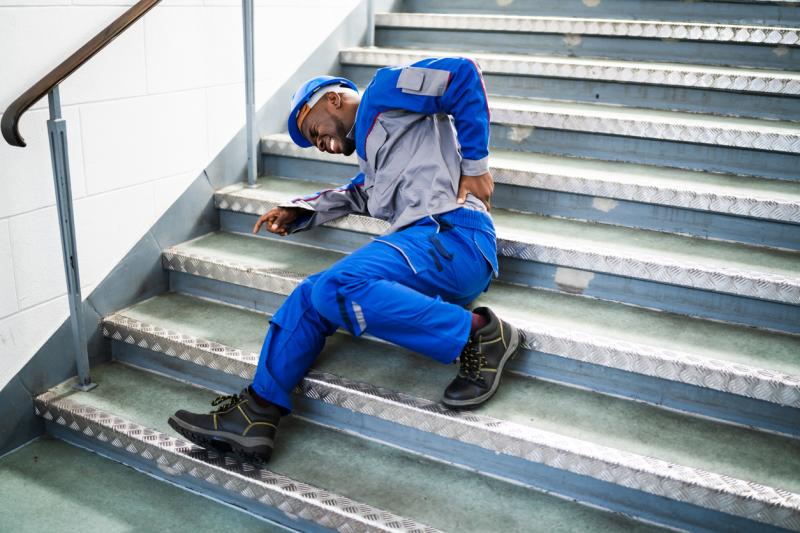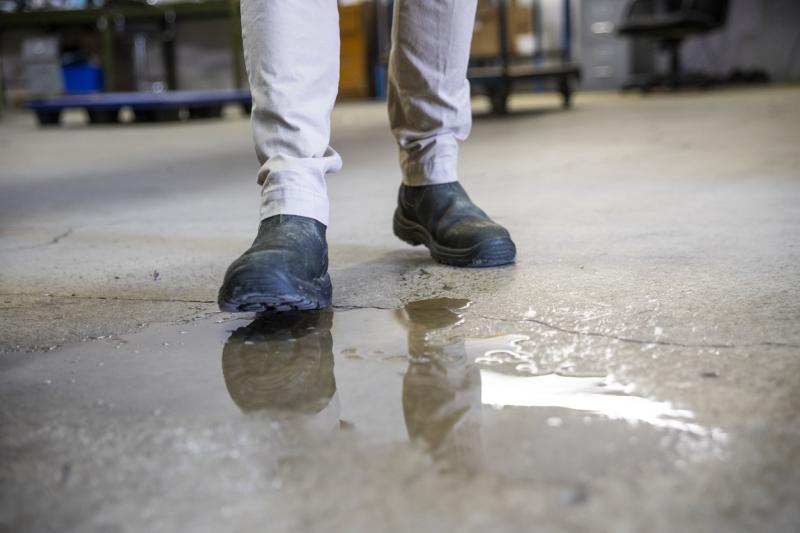How Many Slip And Fall Cases Go To Trial?

Despite taking all the right precautions, there is always a risk of being injured, whether that be at work or on your own time. While we are able to heal from most injuries over time, there can be a few that leave a lasting impact. Chronic pain, limited mobility, and missed days of work are just three examples of how unpredictable injuries can affect us for days, months, or even years to come.
In the event of a slip and fall, the best scenario is that you are a little sore or break a wrist that is able to heal quickly. Unfortunately, some cases are not that simple and can leave you with long-term physical injuries. If you ever find yourself in a situation where you have slipped and fallen, resulting in an injury, then contacting a personal injury lawyer may be the best decision to make.
But how do you know if you have a slip and fall case on your hands, rather than you just being clumsy? And will you need to go to trial for such a case? Let’s take a look.
What are slip and fall cases?
Not every tumble you take can be prevented, but some can be. To be successful in a slip and fall claim, you must be able to prove that the risk of slipping was foreseeable and that the property owner failed to take reasonable measures to prevent your harm. This failure of action can be broken down into two aspects:
- A hazardous or dangerous condition was present and clearly visible, such as a pothole or an icy sidewalk, and the property owner did nothing to repair or rectify the situation, or;
- The property owner caused the dangerous condition themselves, such as leaving a hazardous obstacle in a walking path, and did not have the foresight to deduce that it would present a risk to those who had to interact with it.
It can be difficult to prove a slip and fall case at times due to the fact that it can be tricky defining what constitutes as “reasonable” in various circumstances. When considering a slip and fall claim, the following may be good points to consider:
- Was the dangerous condition there long enough to provide the property owner with a reasonable amount of time to solve it?
- Was there a good reason why the hazard was present?
- If the hazard did need to be present, were steps taken to prevent any injury, such as signage or restricted access?
Presenting a successful slip and fall case can also sometimes be tough due to the nature of the claim. You do need to prove that you did not cause the accident yourself or that careless actions, such as texting and walking, did not distract you from taking appropriate preventative measures.

How many slip and fall cases go to trial?
The number of slip and fall cases that go to trial is rather small. In fact, roughly only two percent of all claims require a trial. This means that you are instead actively part of the settlement process. During the negotiation stage, both parties will discuss their offers in an attempt to come to a settlement agreement. It is up to you whether you choose to accept their settlement offer. Most cases come to an end during this period, thus avoiding the need for court.
Regardless of whether you go to trial or come to an agreement during settlement, it’s important that you have a personal injury lawyer that is familiar with this particular legal system. Slip and fall cases are tricky enough, so ensure your lawyer can tackle your case with confidence.
More to Read:
Previous Posts:







